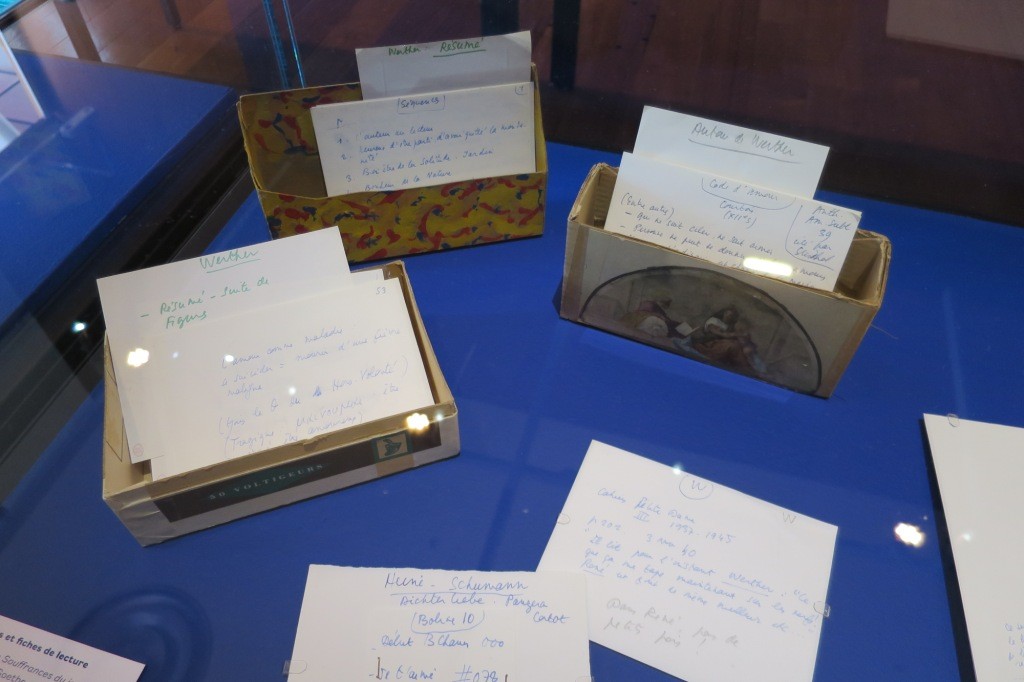practices related to having and capturing thoughts (chapters 1and 2); re�ning thoughts into clear ideas that can be repurposed (chapter 3);connecting ideas across topics (chapters 4 and 5); developing theseconnections and making them accessible to you (chapter 6); andtransforming all the above into writing for readers—writing that can bereintegrated back into the system (chapters 7, 8 and 9).
Overview of Bob Doto's suggested process:<br /> 1. having and capturing thoughts<br /> 2. refining thoughts into clear ideas that can be repurposed<br /> 3. connecting ideas across topics<br /> 4. developing connections and making them accessible<br /> 5. transforming notes into writing for readers 6. re-integrating writing back into the system (he lumped this in with 5, but I've broken it out)
How do these steps relate to those of others?
Eg: Miles1905: collect, select, arrange, dictate/write (and broadly composition)



